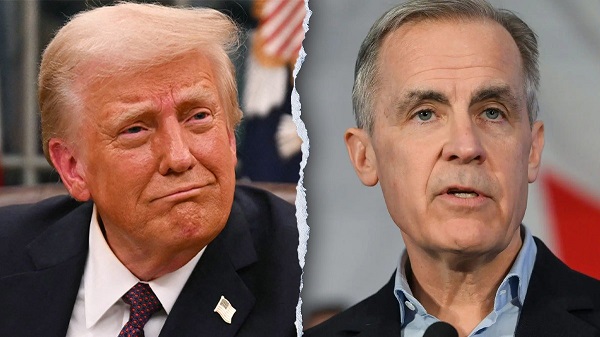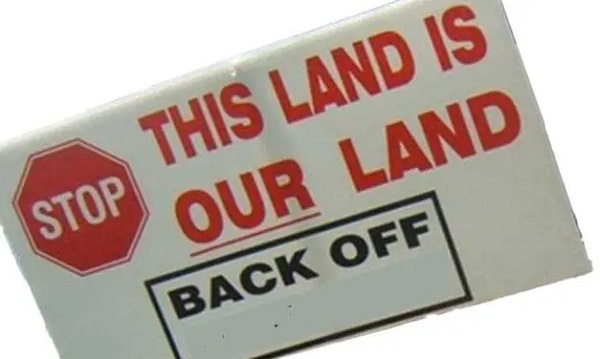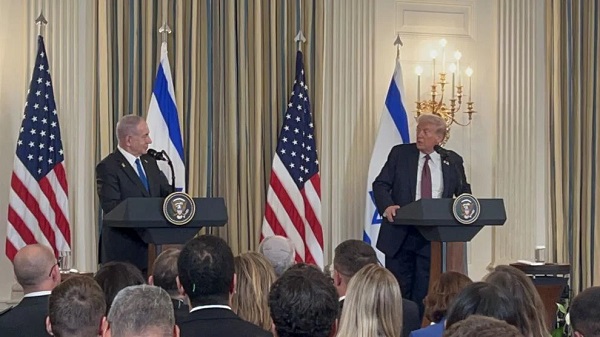Business
EPA to shut down “Energy Star” program

 MxM News
MxM News
Quick Hit:
The Environmental Protection Agency is planning to shut down its long-standing Energy Star program, which has certified energy-efficient appliances for over three decades. The move is part of a sweeping agency reorganization that also includes eliminating the climate change office and other environmental initiatives not mandated by law.
Key Details:
- EPA officials announced the dismantling of the Energy Star program in a staff meeting on May 6, 2025.
- The agency is eliminating its climate-related divisions, including those overseeing Energy Star and greenhouse gas reporting.
- The move is framed as part of a broader restructuring to prioritize statutory obligations and reduce government overreach.
Diving Deeper:
In a significant shift for federal environmental policy, the Environmental Protection Agency will eliminate the Energy Star program, a popular certification used to identify energy-efficient home appliances like refrigerators, dishwashers, and dryers. Internal documents and a recorded staff meeting reveal that EPA leadership is dismantling entire divisions focused on climate change and voluntary energy initiatives.
Paul Gunning, director of the EPA’s Office of Atmospheric Protection—which is also being cut—told staff the agency would “de-prioritize and eliminate” all climate-related work outside of what’s legally required. The Energy Star program, created in 1992 under President George H.W. Bush, has helped save American households and businesses over $500 billion in energy costs and prevented billions of metric tons of greenhouse gases from entering the atmosphere.
Supporters argue the program has been a bipartisan success story. Nearly 90% of U.S. consumers recognize the Energy Star label, and manufacturers have long relied on it to market efficient products. Even the U.S. Chamber of Commerce and major industries, from lighting to food-equipment makers, have urged the EPA to keep it in place. A joint letter in March from dozens of trade organizations to EPA Administrator Lee Zeldin warned that ending the program would not benefit Americans.
Critics of the move, like Paula R. Glover of the Alliance to Save Energy, say the Energy Star program costs just $32 million annually but delivers $40 billion in utility bill savings. “Eliminating the Energy Star program is counterintuitive to this administration’s pledge to reduce household costs,” she said. Glover added that with electricity demand set to rise 35–50% by 2040, energy-saving measures are more important than ever.
The Biden-era EPA heavily prioritized climate policy and environmental regulation, often blurring the lines between environmental stewardship and bureaucratic overreach. In contrast, the current administration—under 47th President Donald Trump—is refocusing the agency toward its statutory mission, aligning with the broader conservative agenda of streamlining government and cutting redundant or ideologically-driven programs.
While Trump previously attempted to defund Energy Star during his first term, the effort failed amid bipartisan concern that privatization could lead to lowered standards. The current plan appears to accomplish the same goal through internal restructuring, cutting not just Energy Star but programs related to methane emissions reduction, climate science, and policy.
Notably, the agency’s largest union has cried foul over how the reorganization was handled. Marie Owens Powell, its president, accused the agency of “union busting” after being blocked from attending reorganization meetings. Staff have been told they may be reassigned or let go as the EPA scales back to staffing levels not seen since the Reagan administration.
For an agency that has long served as the regulatory spearhead for the left’s climate agenda, this realignment could represent a return to core environmental functions—clean air and water—while removing the taxpayer burden of subsidizing climate-centric programs with questionable returns. The decision also signals a shift away from corporatist alliances that prop up select industries under the guise of energy policy.
Business
Trump Warns Beijing Of ‘Countermeasures’ As China Tightens Grip On Critical Resources
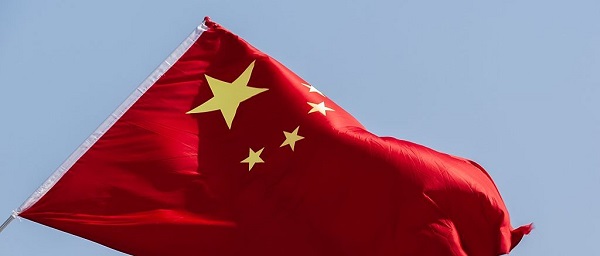

From the Daily Caller News Foundation
Despite their strategic significance, the U.S. imports 80% of the rare earths it consumes, primarily from China, which dominates global production and controls roughly 92% of the world’s refining capacity.
President Donald Trump on Friday threatened China with a massive tariff hike and hinted his upcoming summit with Chinese President Xi Jinping could be canceled as a result of Beijing’s latest escalation in trade hostilities.
China ramped up its economic pressure campaign this week, first by imposing new export controls Thursday on rare earth minerals critical to the production of vehicles, weapons systems, and other advanced technologies. On Friday, Beijing escalated further, announcing new port fees on American ships and launching an antitrust investigation into U.S. tech giant Qualcomm.
In response to what he described as “great trade hostility,” Trump said there was “no reason” to meet with Xi in South Korea later this month.
Dear Readers:
As a nonprofit, we are dependent on the generosity of our readers.
Please consider making a small donation of any amount here.
Thank you!
“Dependent on what China says about the hostile ‘order’ that they have just put out, I will be forced, as President of the United States of America, to financially counter their move. For every Element that they have been able to monopolize, we have two,” the president posted on Truth Social.
Trump announced later on Friday that the U.S. would impose a 100% tariff on China starting Nov. 1, in addition to existing levies, and implement export controls on “any and all critical software.” He added that the tariffs could go into effect sooner, “depending on any further actions or changes taken by China.”
Despite their strategic significance, the U.S. imports 80% of the rare earths it consumes, primarily from China, which dominates global production and controls roughly 92% of the world’s refining capacity.
Under the new rules, foreign suppliers must obtain Beijing’s approval to export any product made with Chinese rare-earth processing technology or containing rare-earth materials that comprise as little as 0.1% of the item’s value. The restrictions also extend to the export of technology used in rare-earth mining, smelting, and magnet manufacturing, and add five more rare-earth elements to China’s existing control list.
Trump warned that Beijing’s move could “clog” global markets and “make life difficult for virtually every country in the world.”
“I have always felt that they’ve been lying in wait, and now, as usual, I have been proven right! There is no way that China should be allowed to hold the World “captive,” but that seems to have been their plan for quite some time,” the president wrote.
“But the U.S. has Monopoly positions also, much stronger and more far reaching than China’s. I have just not chosen to use them, there was never a reason for me to do so — UNTIL NOW!” Trump said.
The Chinese Transport Ministry also said it will begin collecting port fees on vessels owned by U.S. companies or individuals — and even those built in America — starting Oct. 14. The rollout overlaps with Washington’s plan to impose new charges on large Chinese vessels docking at U.S. ports the same day.
The president also noted that Beijing’s timing was “especially inappropriate,” noting that it coincides with the peace deal he helped broker between Israel and Hamas to bring the two-year conflict to an end.
Automotive
Governments continue to support irrational ‘electric vehicle’ policies
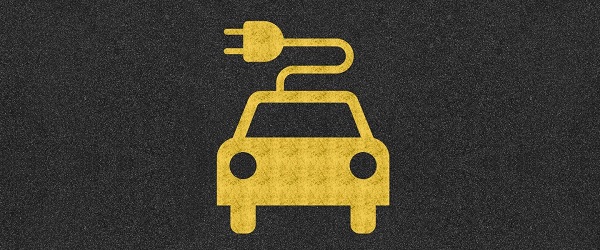
From the Fraser Institute
Another day, another electric vehicle (EV) fantasy failure. The Quebec government is “pulling the plug” on its relationship with the Northvolt EV battery company (which is now bankrupt), and will try to recoup some of its $270 million loss on the project. Quebec’s “investment” was in support of a planned $7 billion “megaproject” battery manufacturing facility on Montreal’s South Shore. (As an aside, what normal people would call gambling with taxpayer money, governments call “investments.” But that’s another story.)
Anyway, for those who have not followed this latest EV-burn out, back in September 2023, the Legault government announced plans to “invest” $510 million in the project, which was to be located in Saint-Basile-le-Grand and McMasterville. The government subsequently granted Northvolt a $240 million loan guarantee to buy the land for the plant, then injected another $270 million directly into Northvolt. According to the Financial Post, “Quebec has lost $270 million on its equity investment… but still had a senior secured loan tied to the land acquired to build the plant, which totals nearly $260 million with interest and fees.” In other words, Quebec taxpayers lost big.
But Northvolt is just the latest in a litany of failure by Canadian governments and their dreams of an EV future free of dreaded fossil fuels. I know, politicians say that it’s a battle against climate change, but that’s silly. Canada is such a small emitter of greenhouse gases that nothing it could do, including shutting down the entire national economy, would significantly alter the trajectory of the climate. Anything Canada might achieve would be cancelled out by economic growth in China in a matter of weeks.
So back to the litany of failed or failing EV-dream projects. To date (from about 2020) it goes like this: Ford (2024), Umicore battery (2024), Honda (2025),General Motors CAMI (2025), Lion Electric (2025), Northvolt (2025). And this does not count projects still limping along after major setbacks such as Stellantis and Volkswagen.
One has to wonder how many tombstones of dead EV fantasy projects will be needed before Canada’s climate-obsessed governments get a clue: people are not playing. Car buyers are not snapping up these vehicles as government predicted; the technologies and manufacturing ability are not showing up as government predicted; declining cost curves are not showing up as government predicted; taxpayer-subsidized projects keep dying; the U.S. market for Canada’s EV tech that government predicted has been Trumped out of existence (e.g. the Trump administration has scrapped EV mandates and federal subsidies for EV purchases); and government is taking the money for all these failed predictions from Canadian workers who can’t afford EVs. It really is a policy travesty.
And yet, like a bad dream, Canada’s governments (including the Carney government) are still backing an irrational policy to force EVs into the marketplace. For example, Ottawa stills mandates that all new light-duty vehicle sales be EVs by 2035. This despite Canadian automakers earnest pleas for the government to scrap the mandate.
Canada’s EV policy is quickly coming to resemble something out of dysfunctional-heroic fiction. We are the Don Quixotes, tilting futilely at EV windmills, and Captain Ahabs, trying to slay the dreaded white whale of fossil-fuelled transportation with our EV harpoons. Really, isn’t it time governments took a look at reality and cut their losses? Canada’s taxpayers would surely appreciate the break.
-

 Business2 days ago
Business2 days agoCall for Federal Inquiry as Pressure Mounts for Release of Buried Report on Buddhist Land Transactions in PEI
-

 Alberta17 hours ago
Alberta17 hours agoFact, fiction, and the pipeline that’s paying Canada’s rent
-

 Internet2 days ago
Internet2 days agoSocial media pushes pornography on children within minutes, report finds
-

 Crime1 day ago
Crime1 day agoFlorida teens credited for averting school shooting plot in Washington state
-

 Alberta17 hours ago
Alberta17 hours agoAlberta Is Where Canadians Go When They Want To Build A Better Life
-

 International17 hours ago
International17 hours agoTrump-brokered Gaza peace agreement enters first phase
-

 COVID-193 hours ago
COVID-193 hours agoTamara Lich says she has no ‘remorse,’ no reason to apologize for leading Freedom Convoy
-

 Automotive2 days ago
Automotive2 days agoGovernments continue to support irrational ‘electric vehicle’ policies



